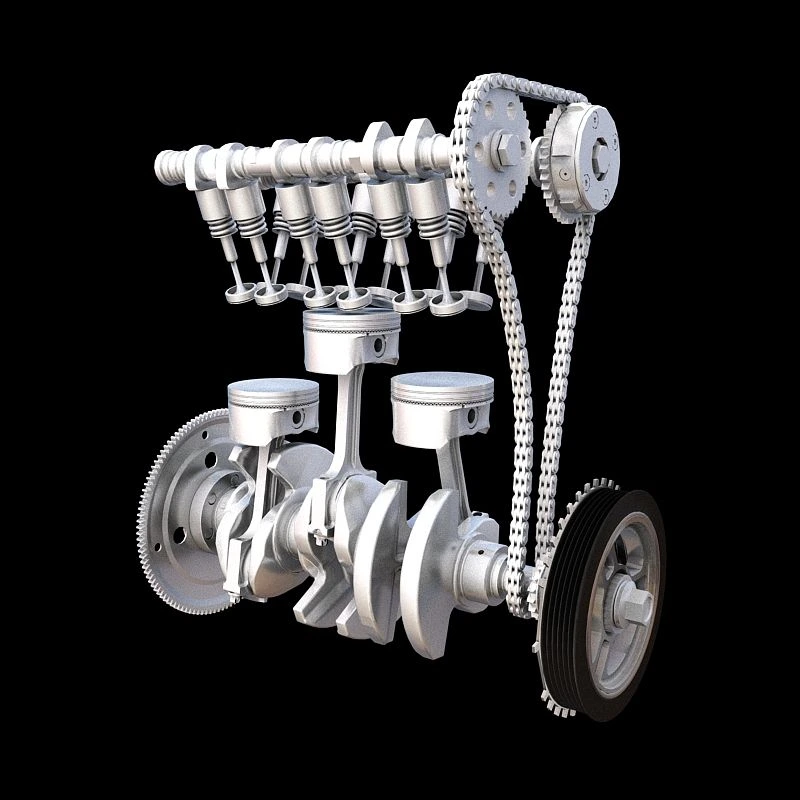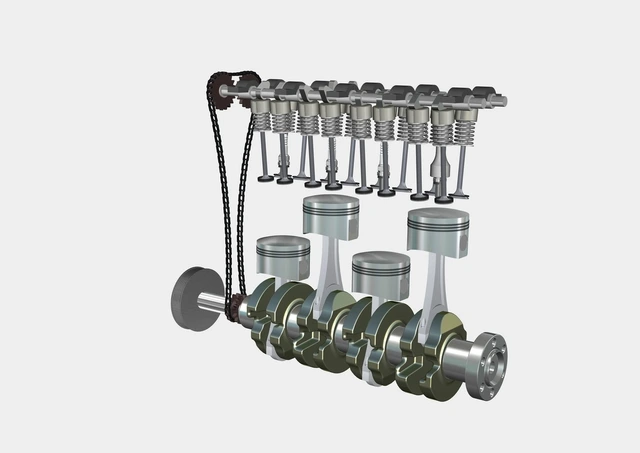When shopping for a new car, one of the key decisions you’ll face is choosing between a 3-cylinder and a 4-cylinder engine. Both have their pros and cons, and the best choice depends on your driving needs, fuel efficiency preferences, and budget.
In this article, we’ll compare 3-cylinder and 4-cylinder engines in terms of performance, fuel efficiency, refinement, and cost to help you make an informed decision.
1. What is a 3-Cylinder Engine?

3-cylinder engine has three combustion chambers (cylinders) and is commonly found in small and compact cars. Due to its compact size, it is lightweight and fuel-efficient but can sometimes feel less smooth than a 4-cylinder engine.
Pros of 3-Cylinder Engines:
- ✅ Better fuel efficiency – Fewer cylinders mean less fuel consumption, making them ideal for city driving.
- ✅ Lightweight – Helps improve a car’s overall weight distribution and handling.
- ✅ Lower emissions – More eco-friendly due to reduced fuel consumption.
- ✅ Cost-effective – Cheaper to manufacture and maintain.
Cons of 3-Cylinder Engines:
- ❌Less power* – May struggle with high-speed performance and heavy loads.
- ❌ Vibration & noise – Odd number of cylinders can cause slight vibrations (though modern engines use balancer shafts to reduce this).
- ❌ Not ideal for highways – Can feel strained during quick acceleration or uphill drives
Best for:* City commuters, budget-conscious buyers, and those prioritizing fuel economy.
2. What is a 4-Cylinder Engine?

4-cylinder engine is the most common engine type, offering a balance between power and efficiency. It has four combustion chambers, providing smoother operation and better performance than a 3-cylinder engine.
Pros of 4-Cylinder Engines:
- ✅ Smoother operation – Even firing order reduces vibrations.
- ✅ More power & torque – Better for highway driving, overtaking, and carrying heavy loads.
- ✅ Wider availability – Found in sedans, SUVs, and even some sports cars.
- ✅ Turbo options – Many modern 4-cylinder engines come with turbochargers for extra power without sacrificing efficiency.
Cons of 4-Cylinder Engines:
- ❌ Slightly lower fuel efficiency – More cylinders mean higher fuel consumption compared to a 3-cylinder.
- ❌ Heavier – Adds to the car’s overall weight.
- ❌ Higher cost – More complex design leads to higher maintenance and initial costs.
Best for:* Those who want a balance of power and efficiency, frequent highway drivers, and families needing extra performance.
3. Key Differences Between 3-Cylinder and 4-Cylinder Engines*
| Feature | 3-Cylinder Engine | 4-Cylinder Engine |
| Fuel Efficiency | Better | Slightly lower |
| Power & Torque | Lower | Higher |
| Smoothness | More vibrations | Smother |
| Weight | Lighter | Heavier |
| Cost | Cheaper | More expensive |
| Best Use | City driving | Highway & performance driving |
4. Which One Should You Choose?
- Pick a 3-cylinder engine if: You want maximum fuel efficiency, drive mostly in the city, and are on a budget.
- Pick a 4-cylinder engine if: You need more power, frequently drive on highways, or want a smoother ride.
Many modern turbocharged 3-cylinder engines now offer performance close to a 4-cylinder, so test-driving both is recommended.
Conclusion
Both 3-cylinder and 4-cylinder engines have their advantages. While 3-cylinder engines are great for fuel savings and urban use, 4-cylinder engines provide better performance and refinement. Your choice should depend on your driving habits, budget, and performance expectations.
Would you prefer a 3-cylinder or 4-cylinder engine for your next car? Let us know in the comments! 🚗💨





